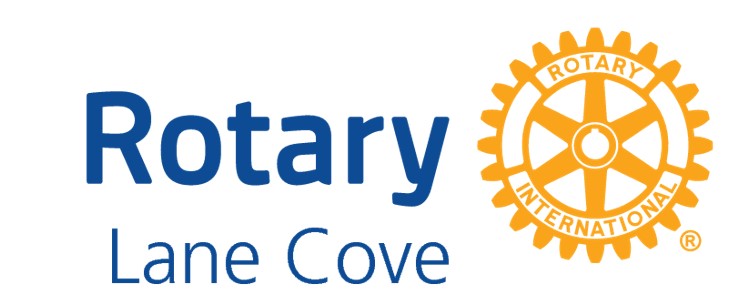Speaker's Synopsis:“Adventures on the New Guinea goldfields between the wars" - Michael Waterhouse
My Book
Not a Poor Man's Field is unique in documenting for the first time an important but little known period in Australia's history — its colonial experience in New Guinea between the wars. Its focal point is the story of how the New Guinea goldfields were discovered and, against all odds, developed into the second largest gold-producing province in Australasia in the 1930s. What made these goldfields so different was that everything required to build and maintain eight dredges, three hydro-electric power stations and several townships had to be flown in on two aeroplanes. It was an engineering and aviation tour de force; nothing like this had ever previously been attempted elsewhere and experts came from all over the world to observe what was happening.
In the process, New Guinea became the world leader in commercial aviation. Throughout the 1930s planes there flew more than 50% of all freight flown in the US, Canada, UK, France and Germany combined, and 20 times more than in Australia.
I've written it for a general readership - it provides insight to Australia's colonial experience by blending many different perspectives and conveys a compelling sense of time and place through the extensive use of first hand accounts. But the book isn't simply another's white man's view of events. I've spent time in villages interviewing old people who were there or knew the stories so I could convey important parts of the history from the viewpoint of villagers and labourers.
The book uses the goldfields as a prism through which to view various aspects of Australia's colonial experience in New Guinea. It explores many issues and themes:
• How New Guinea led the world in commercial aviation throughout the 1930s; How the Australian Administration extended control over and sought to 'civilise' mainland New Guineans, often with tragic consequences;
• How young men were recruited from newly discovered villages all over New Guinea to work on the goldfields under an indentured labour system;
• The European experience: life and death in a frontier colonial society;
• Race relations - New Guineans, the Chinese and the White Australia Policy, with Government regulation and policies that were very similar to what we later came to know as apartheid;
• The (mal)administration of New Guinea by Australia under a mandate from the League of Nations; and
• The Japanese invasion of mainland New Guinea in 1942 and its aftermath.
Writing the book also involved a personal journey. My grandfather was a pivotal player on the goldfields, as a director of the largest gold-mining company and the largest aviation company. He died in 1945 when I was not quite two years old.
You can see more information on my website http://www.notapoormansfield.com/
My talk
My aim is not only to promote my book - although I will have copies for sale. I like my audience to leave afterwards feeling they've learned something new and fascinating about Australian history, but also that they've been entertained.
I've given talks to such diverse groups as the PNG Association of Australia, the Sydney Institute, the Aviation Historical Society of Australia, the Sydney Mining Club, a Quadrant Magazine dinner, the Union, University & Schools Club, the Macleay Museum at Sydney University, the Australian Museum, the State Library of NSW and 16 Rotary Clubs.
